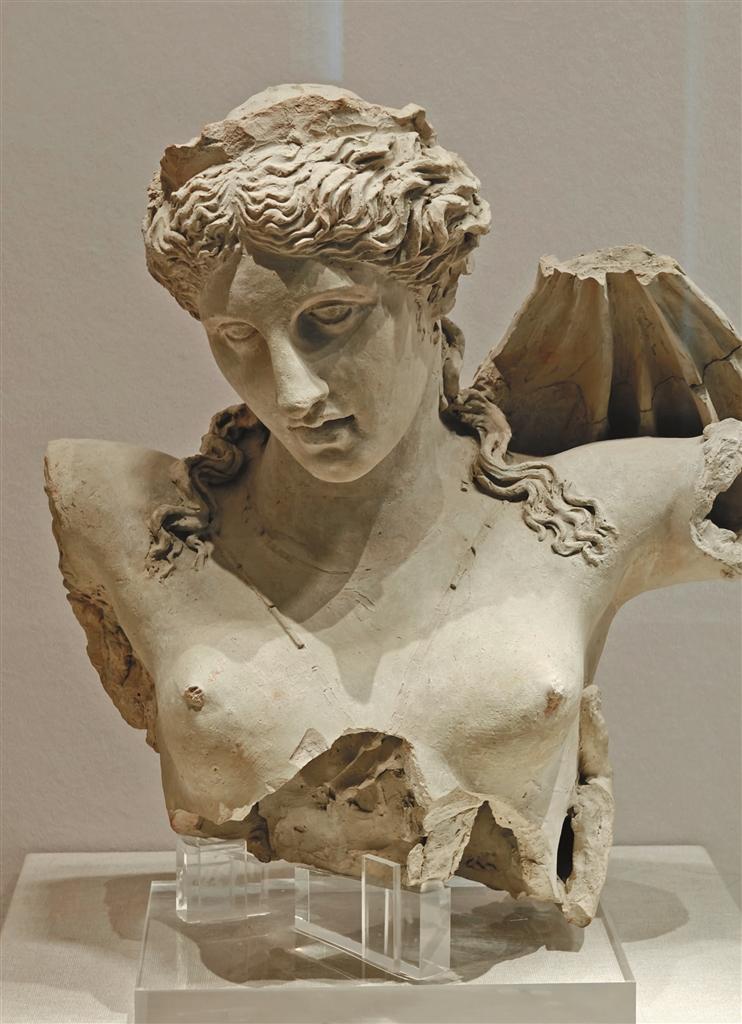
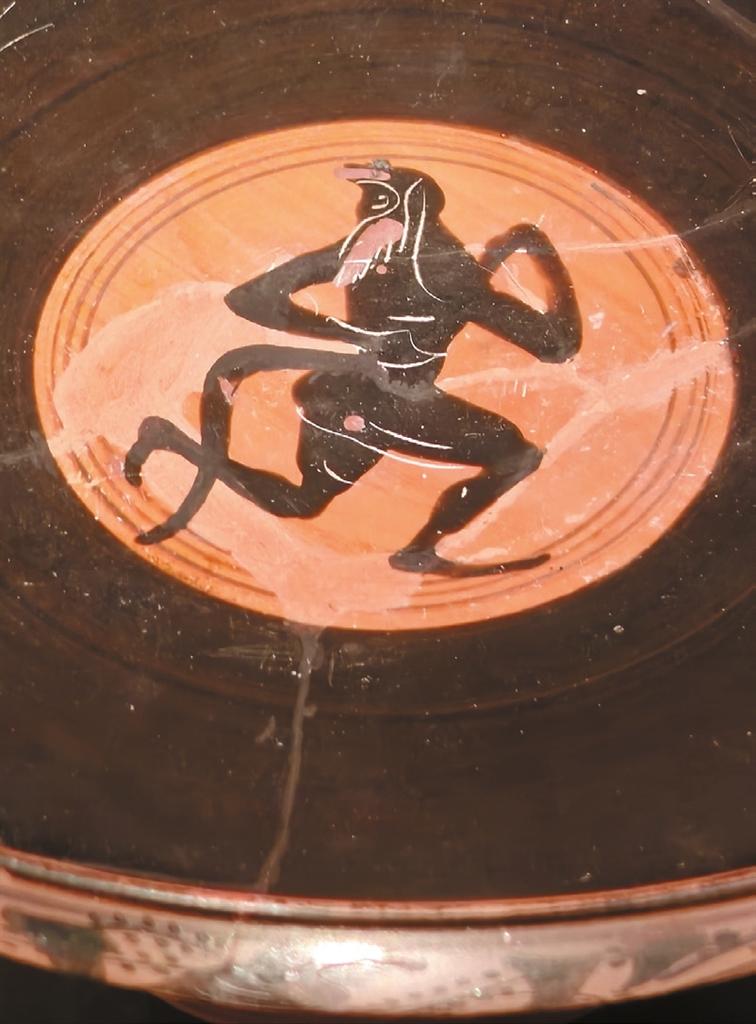
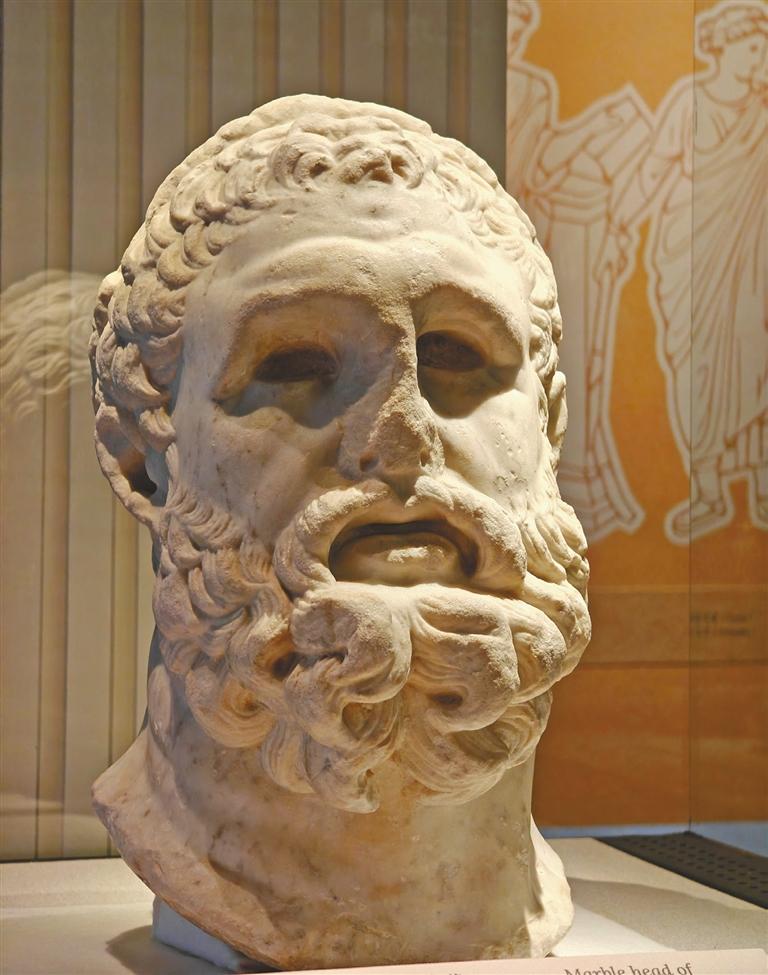
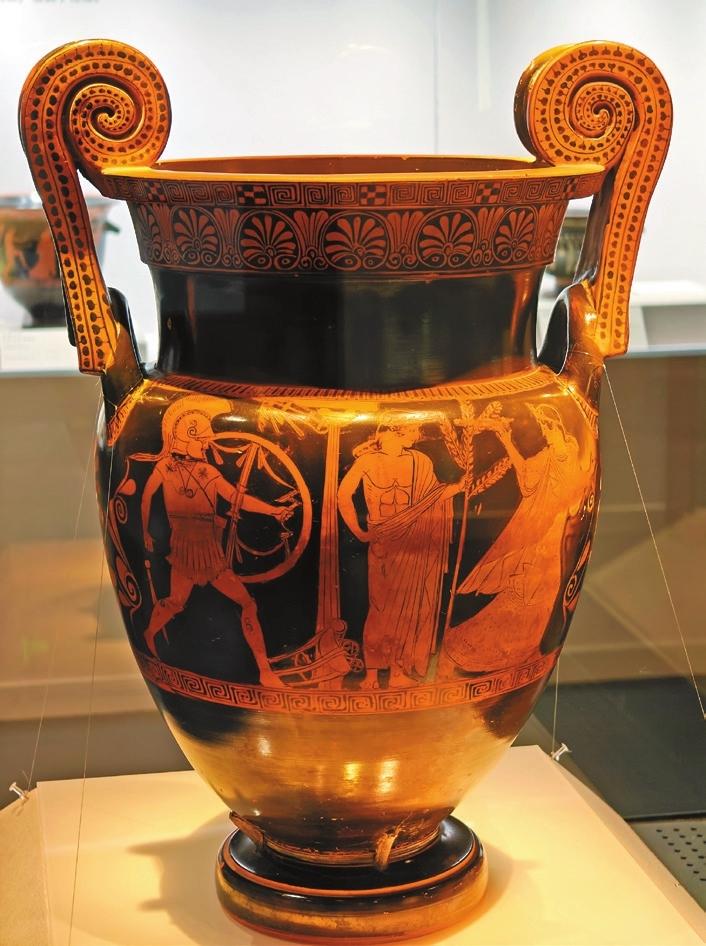
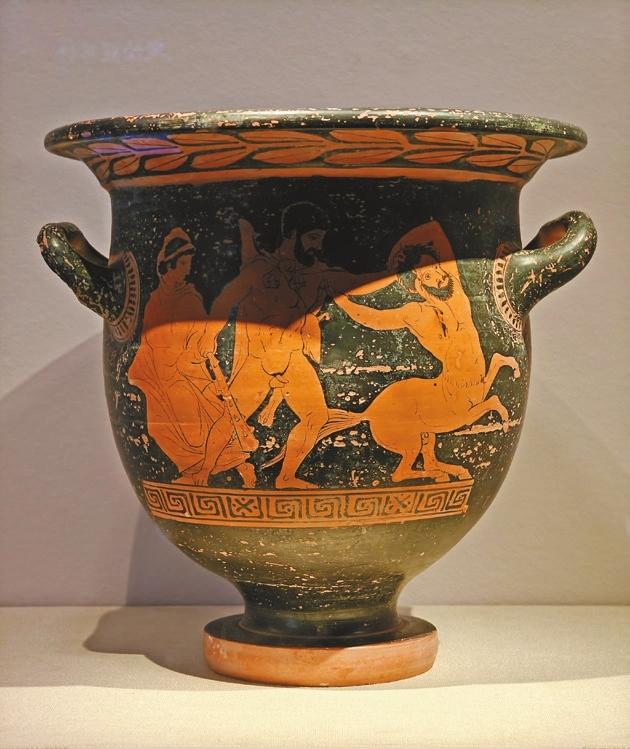
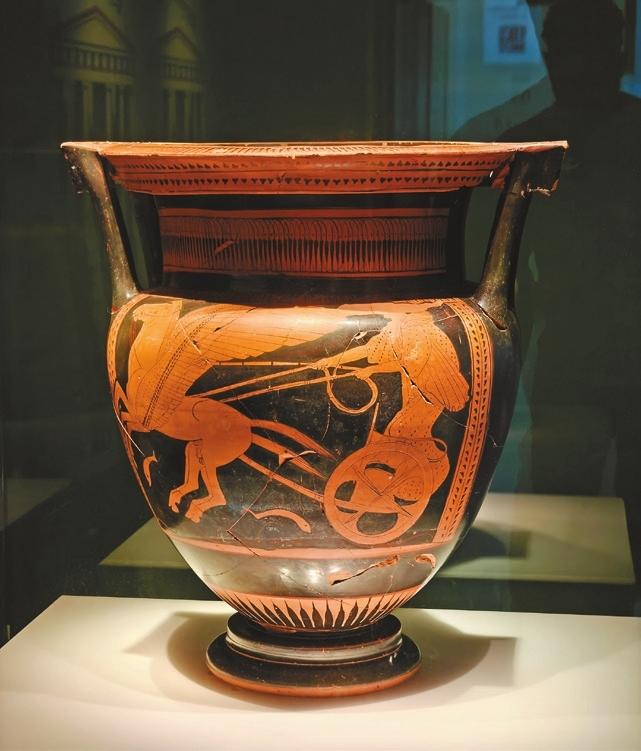
Sterling Platt SterlingPlatt@qq.com SHENZHEN is a city synonymous with the future. Its glittering skyline is a testament to rapid innovation, global trade, and a relentless drive toward what’s next. Yet, within this hub of modernity, a profound story from the ancient world has found a temporary home. A stunning exhibition running through Oct. 8 at the Shenzhen Museum, “The Land of the Gods: The Spirit of Life,” brings the vibrant Greco-Italic culture of Puglia, the sun-drenched heel of Italy, to our doorstep, revealing a fascinating parallel between two worlds separated by millennia. This exhibition is not just a loan of priceless artifacts but the direct result of a dedicated partnership between the Shenzhen Museum and Italy’s Castromediano Museum. It represents a shared mission to foster a deep and meaningful dialogue between Eastern and Western civilizations, integrating curatorial approaches to elevate public artistic appreciation right here in our city. The collection tells a dynamic story of cultural exchange, adaptation, and the birth of a unique identity — a narrative that should sound familiar to anyone who has witnessed Shenzhen’s own evolution. Through exquisite painted pottery and classical sculptures, it explores how ancient Puglia absorbed the art and myths of Greece and transformed them into something entirely its own. This journey from eager importer to confident creator offers a compelling historical mirror to Shenzhen’s path from a manufacturing powerhouse to a global center for innovation. The exhibition masterfully demonstrates that the spirit of exchange and reinvention is a timeless engine of culture. From imported ideals to a local identity The story begins with imported Athenian excellence. In the 5th century B.C., elegant Attic artifacts arrived in Puglia, serving as cultural ambassadors. Vessels like the striking Attic red-figure column krater weren’t just decorative; they were centerpieces of the symposium, an aristocratic drinking party central to Greek social life. Displaying sophisticated scenes from myth, these pieces signaled the wealth, status, and cultural aspirations of their Puglian owners. They were the foundation upon which a vibrant local culture would be built. This narrative of absorbing, adapting, and ultimately innovating strikes a powerful chord in Shenzhen. Our city’s own story mirrors this ancient journey — embracing global manufacturing and technology, learning from the world, and then forging a unique identity as a global leader in design and innovation. Just as Apulian artisans created a new artistic language from Athenian forms, Shenzhen’s entrepreneurs and engineers have built upon established technologies to create entirely new ecosystems. The clay pots of Puglia and the circuit boards of Shenzhen, separated by millennia, tell a remarkably similar story of transformative growth fueled by an open and ambitious spirit. But Puglia was no passive recipient. Within a generation, local workshops, likely started by immigrant Athenian artisans and their Italic apprentices, began producing their own distinct pottery. The Apulian red-figure bell krater is a pivotal piece of evidence marking this transition. This burgeoning Apulian style was not merely an imitation; it was an amplification. Local masters took the narrative discipline of Athenian art and infused it with an almost operatic sensibility. Compositions became more crowded and multi-layered, often depicting entire sagas on a single vessel, creating a visual richness that was unmistakably their own. This evolution from elegant restraint to exuberant storytelling is a powerful testament to a culture finding its own voice. This nascent industry quickly flourished, developing an exuberant local style. Apulian pottery became known for its grander scale, more complex compositions, and a distinct preference for high drama and theatricality. A stunning red-figure volute krater, with its monumental form and ornate handles, captures this taste for grandeur, depicting a majestic scene likely featuring the god Apollo. This artistic evolution marks the birth of a confident, unique Greco-Italic identity. Vessels of myth: A world framed by the gods Beyond tracing a timeline of trade, the exhibition reveals how these magnificent vessels were the primary canvas for the ancient imagination. For the people of Puglia, the gods were active presences who shaped every facet of life, and the scenes painted on pottery transformed daily rituals into a dialogue with the heroic age. The foundation of Puglian society rested on agriculture, and no deities were more important than Demeter and her daughter Persephone. The serene terracotta bust of Persephone, queen of the underworld and goddess of spring’s rebirth, captures the profound local reverence for the cycles of life, death, and renewal. This divine contract is visualized directly on the Triptolemos krater, which shows the goddesses empowering a mortal hero to spread the gift of grain. This world of divine order was balanced by the forces of ecstasy and heroism. The untamed energy of Dionysus, god of wine, is captured in scenes of his wild followers, the satyrs. A dynamic Apulian krater shows a struggle between a hero and a satyr, embodying this raw energy. The storytelling could also be intimate and playful. The interior of an Athenian kylix, or drinking cup, reveals a dancing satyr at its base. As a guest drained their wine, the ecstatic figure would slowly appear, creating a moment of surprise. Countering this chaotic energy was the ultimate champion of humanity, Heracles. The powerful, mature likeness in a Roman-era marble head portrays him as a revered god, a symbol of perseverance. His influence extended even to everyday objects, seen in the subtle “Herakles knot” on the handle of a bronze oil lamp, invoking the hero’s protective strength in the home. For a coastal region like Puglia, whose identity was shaped by the sea, the domain of Poseidon was ever-present. He was the master of the maritime highways that brought the Athenian vases in the first place, and his power was a constant, respected force that governed the connectivity and economy of this ancient land, much as the sea continues to define the economic might of modern-day Shenzhen. A bridge across time As visitors move through the galleries, a vivid picture emerges of a society that did not just admire Greek myths, but actively lived within them. This mythological framework was the lens through which they understood their world — one of agricultural bounty, maritime trade, and heroic struggle. In a city that moves as fast as Shenzhen, an exhibition like this serves a vital purpose. It provides a moment of pause and a chance to connect with a human story that is both ancient and universal. It demonstrates that a world-class city is not only a hub of commerce and technology but also a custodian of human heritage, promoting dialogue and shared growth between civilizations. Engaging with the deep past is not a distraction from the future, but a crucial component of building a rich, multi-layered cultural foundation. The presence of this collection in Shenzhen, the direct outcome of a fruitful international partnership, forges a tangible bridge across time and continents. It reminds us, as the curators note, that while “history is bygone, splendor and beauty are eternal.” The story of Puglia — a region that thrived by embracing external ideas and innovating to create its own lasting legacy — resonates deeply with the spirit of Shenzhen, a city that stands today as a vital gateway between East and West. This exhibition is more than a historical survey — it is an invitation for the people of Shenzhen to experience an enduring spirit. It masterfully proves that in a sun-soaked corner of ancient Italy, a legacy was forged that can still inspire us today, reminding us that the greatest cities are not just built, but born from a dynamic exchange of culture and ideas. Don’t miss the opportunity to see this exhibition because its scale and richness are considered rare for Italian cultural exhibitions held in China. Visits are enhanced by innovative technological displays, making it a local model for how technology can empower cultural exchange. Dates: Through Oct. 8 Venue: Shenzhen Museum's Ancient Art Division, Futian District (深圳博物馆古代艺术馆) Metro: Line 1 or 6 to Science Museum Station (科学馆站), Exit F; or Line 9 to Hongling South Station (红岭南站), Exit A | 
